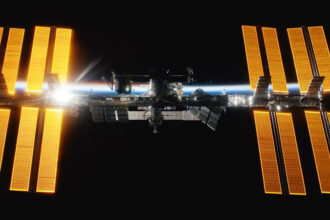Giant, Jovian, Least Explored, Planets Jupiter, Saturn, Uranus and Neptune. What are they, and Where Are They.
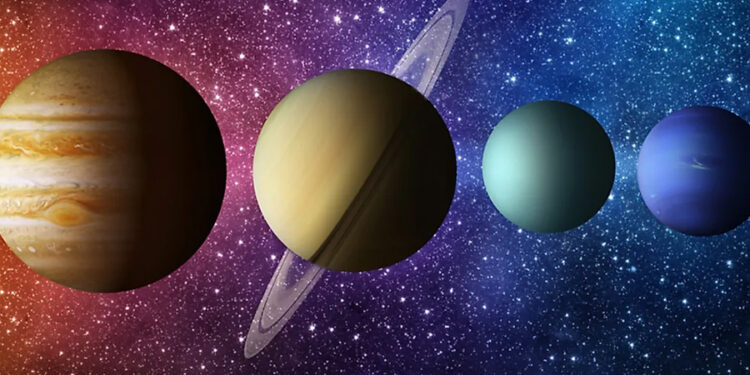
The Planets Jupiter, Saturn, Uranus and Neptune are called The jovian planets and they are big balls of gas, many moons and rings surrounding them.
What is the composition of these Jovian Planets?
Jupiter, Saturn, Uranus and Neptune together are called the Jovian Group Planets. Their structures are quite different from the terrestrial planets. The Jovian planets have very small, dense cores surrounded by huge layers of gas, wheras the terrestial planets have thin atmospheres around huge rocky masses. These planets do not have hard surfaces, they are mostly made of hydrogen and helium.
How do the Jovian planets rotation varies fromthe terrestrial planets.
The Jovian Planets are slightly oblong, where as the terrestrial planets are spherical. The rotation of the Jovian planets is much faster compared to the terrestrial planets, they fling material outward. The Jovian planets rotate at different speeds near their equators than near their poles.
- Days on a JOVIAN Planet
- Jupiter : 10 hours
- Saturn : 10 hours
- Uranus : 16-17 hours
- Neptune : 16-17 hours
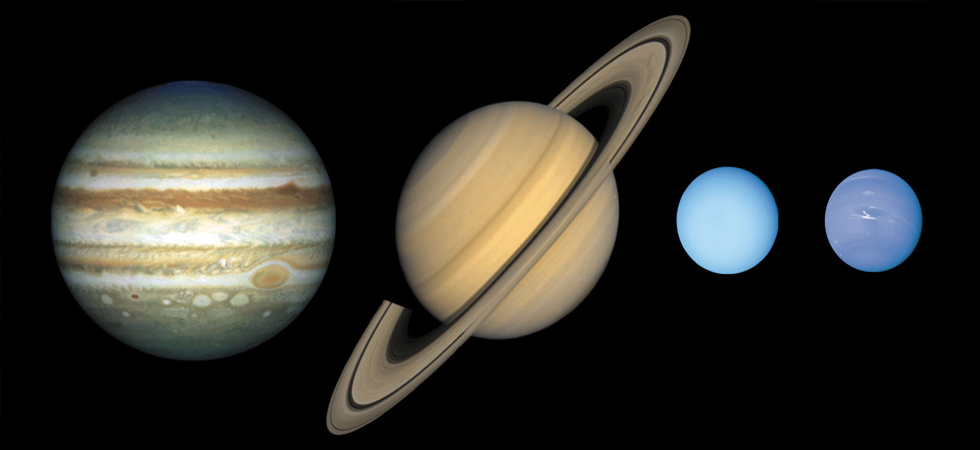
Jovian Planets MOONS AND RINGS
The difference between the jovian and terrestrial planets are the moons and rings. There are many moons and rings orbiting each of the jovian planets.
The terrestrial planets like earth has one moon mars has two moons.
Rings are there on all the 4 Jovian planets, but only the rings of the Planet Saturn are visible from the Earth. Numerous tiny pieces of ice, rock constitute the Rings, each of them orbiting the planet. The small particle all orbit in the same plane so the rings look flat.
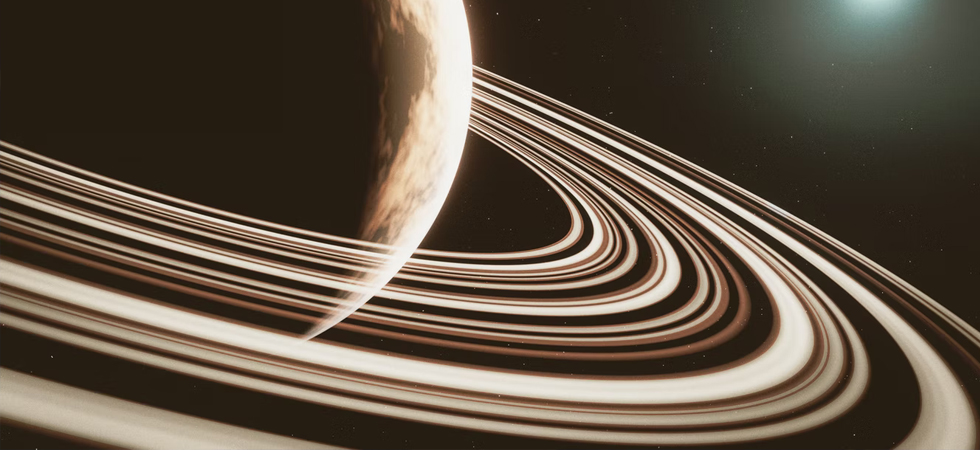
Atmosplheres of the Jovian Planets
Hydrogen and Helium is the main constituent of the atmosphers of the Jovian Planets and also some hydrogen compounds. Uranus and Neptune are made primarily of hydrogen compounds, with smaller traces of hydrogen, helium, metal and rock. The most common hydrogen compounds are methane (CH4), ammonia (NH3), and water (H2O).
The Planets are cooler as they are very far away from the Sun. The farther away a planet is from the Sun, the cooler its atmosphere will be.
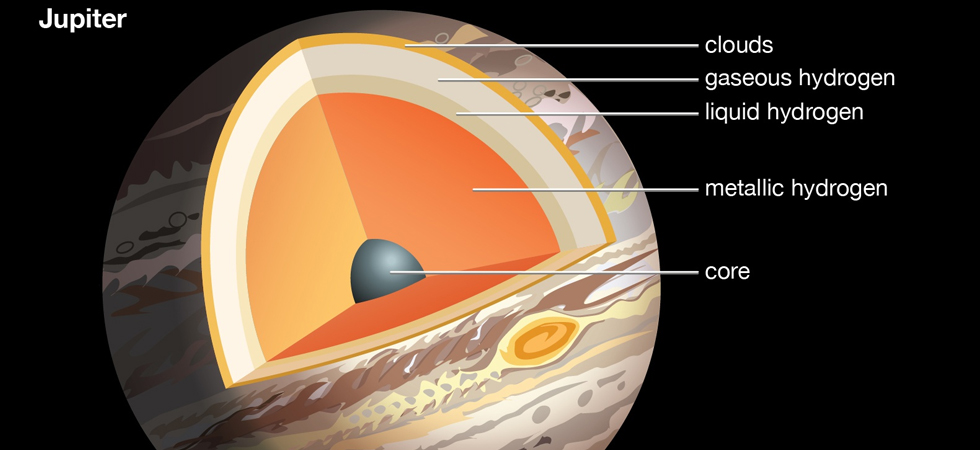
How are the Interiors of the Jovian Planets.
Rock, Metal and hydrogen compounds are the main cores of all the jovian planets. The interiors of Jupiter and Saturn are similar. Cores of rock, metal,water, methane and ammonia are the constituents of Uranus and Neptune have cores of rock and metal, but also water, methane and ammonia.
The inside of the planets are deep as you go in similar to the planet earth.

